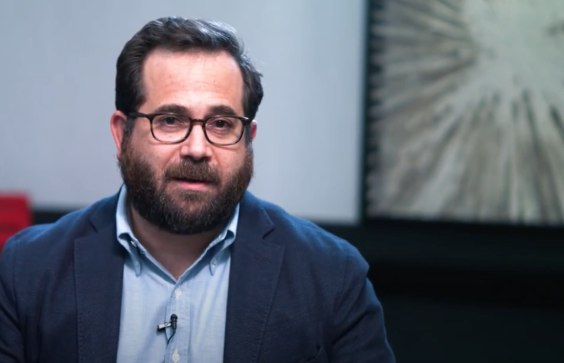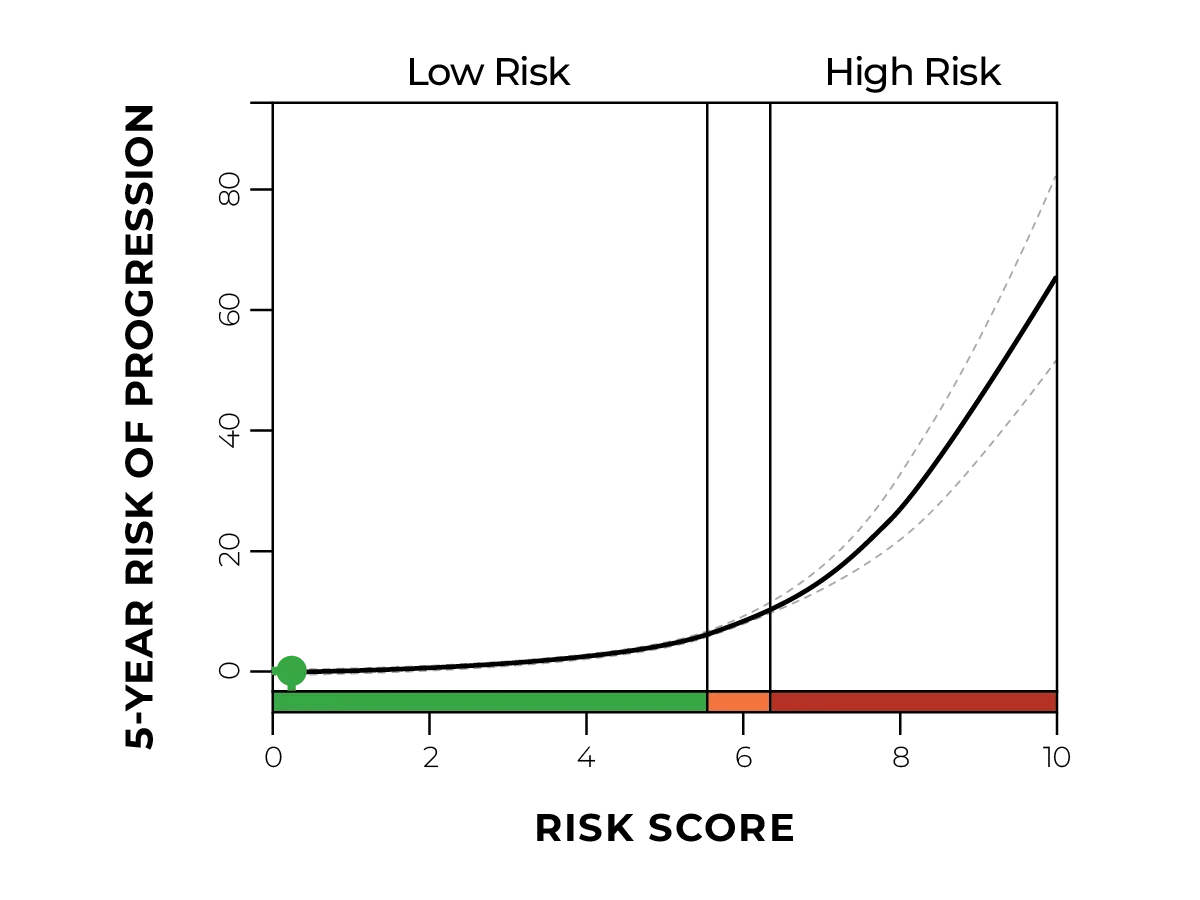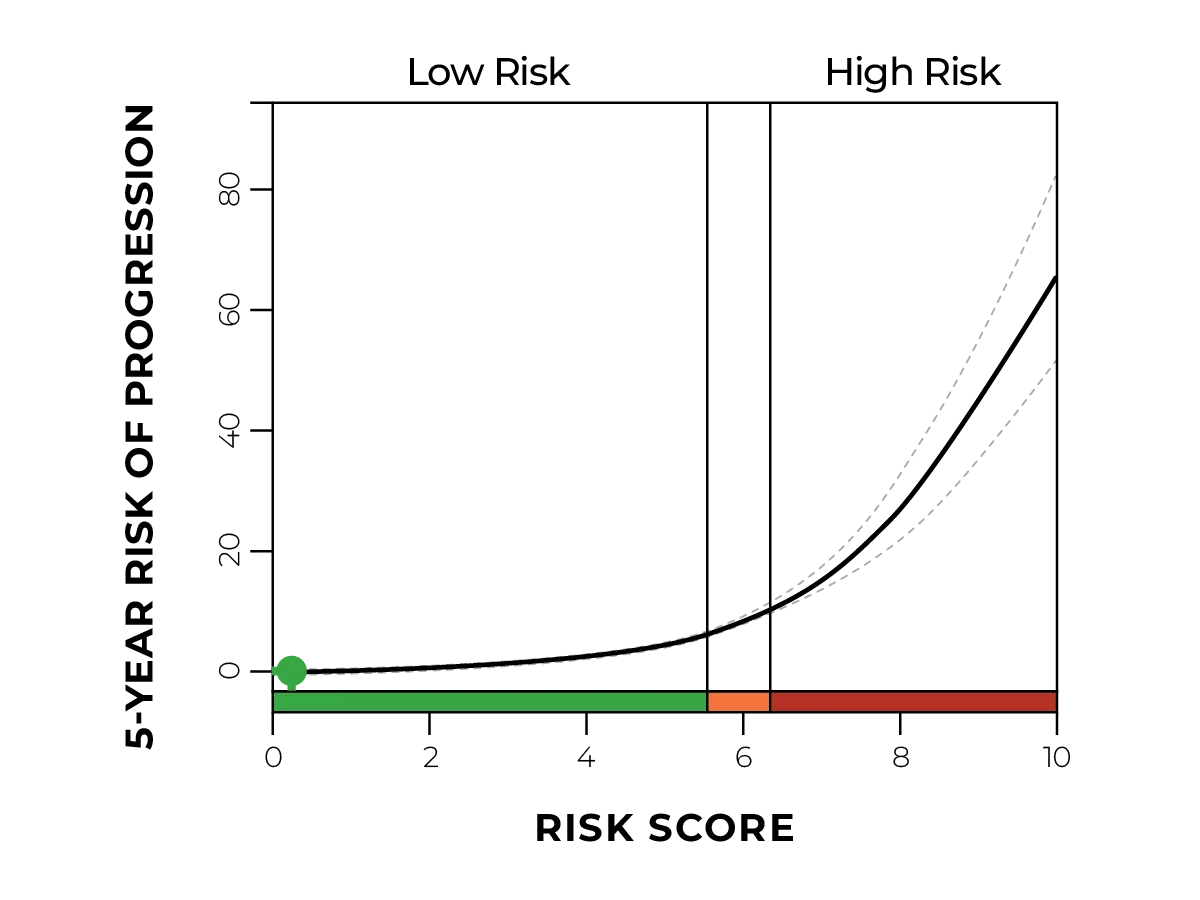
Helena in’t Veld, FNP-C, had a female patient with Barrett’s esophagus who her practice had followed for nearly 10 years. Despite always receiving a diagnosis of non-dysplastic Barrett’s esophagus (NDBE), the patient had a concerning family history and would routinely ask to shorten surveillance intervals.
“Every 18 months, sometimes 24 months, she would come back into the clinic and say ‘Can we do that EGD a little bit earlier? Do you really feel like 3 years is appropriate?”
See the case details below to learn how Helena helped this patient.
Case details

- Chronic GERD; stable on PPIs
- Significant family history:
- Father died of EAC
- Two brothers are diagnosed NDBE
- Former smoker

- 10+ years with NDBE
- Suggested surveillance interval is 3-years but the patient routinely called the office to request earlier EGDs

















.jpg)



